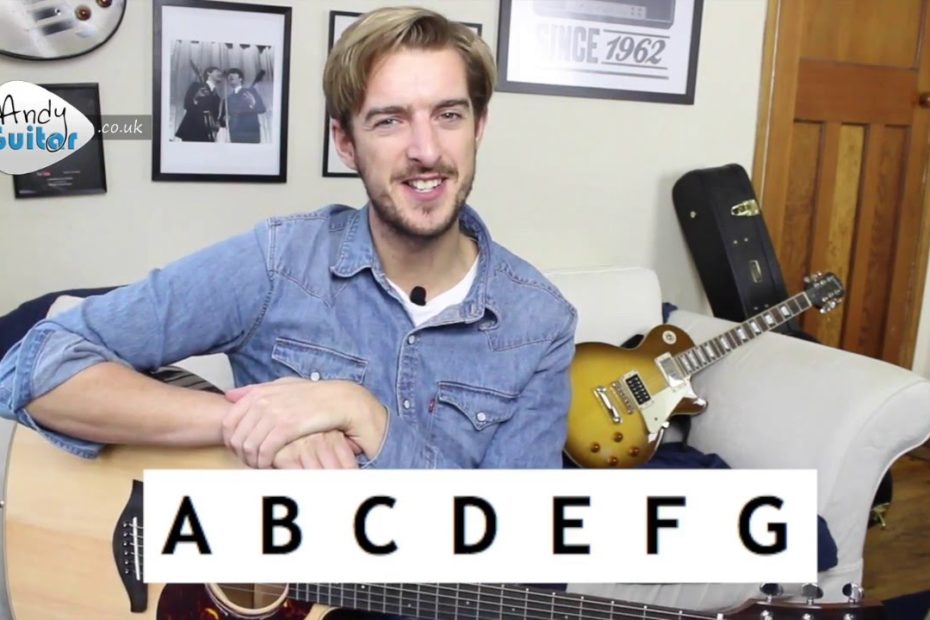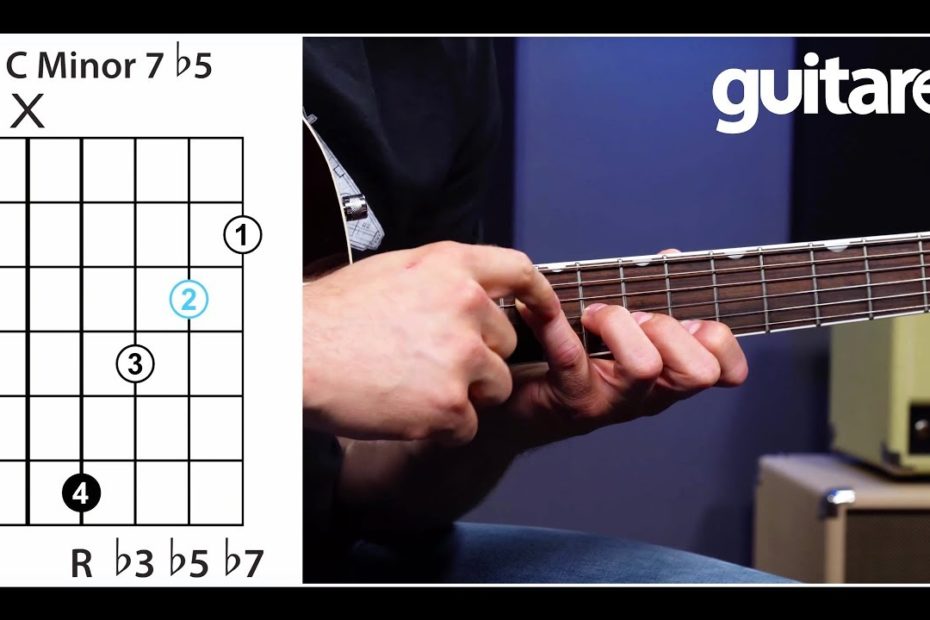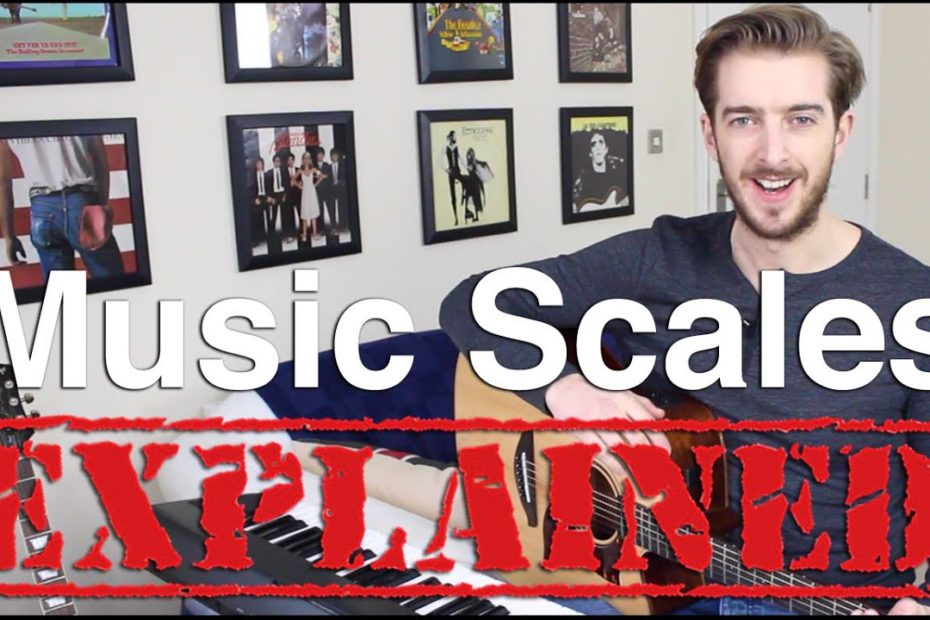What is a capo?
A ‘capo’ holds down the strings at any fret on your guitar. This allows you to still play the chords you know, but they will now sound higher. This is great as it allows us to many more songs than we could without the capo.
Pro guitarists use a capo creatively to get a certain sound, such as James blunt on ‘You’re Beautiful’, where his guitar sounds a little like a Mandarin because of a high capo. In my beginner’s course, I have used the capo as a way for you to play songs that would otherwise use chords that are very tricky like barre chords.
The chord sheet of a song will always tell you which fret to put your capo. After this, the chord written are always played as normal, with the capo now being zero fret.
I really recommend the ‘Trigger type’ capo, as it is easy to put on and adjust to get rid of any buzzing. It should be placed up against the fret (just like your fingers!)
Action and using a capo to improve your guitar
The ‘Action’ of a guitar is the height of the strings from the fret board. A high action means the strings are far away from the fret board, and vice versa.
Unfortunately, many cheap beginner guitars have a high action, and a high action makes a guitar much harder to play. Even expensive guitars can have high action too. If you’ve spent a good amount on your guitar, but have found it to have a high action, you’ll want to get it ‘setup’. Good guitar shops offer this service for around the cost of a guitar lesson.
However, as a capo holds down the strings at any fret on your guitar, this will always improve your guitars action. This is the other reason I use a capo so often for beginners lessons- it makes it easier to play. If it’s easier to play, it sounds better!
Capos for singers
As a handy tool, singers can move the capo higher or lower to suit their voice. If you are not playing along to the record with a song, this is fine and nearly always sounds better after a few attempts.



